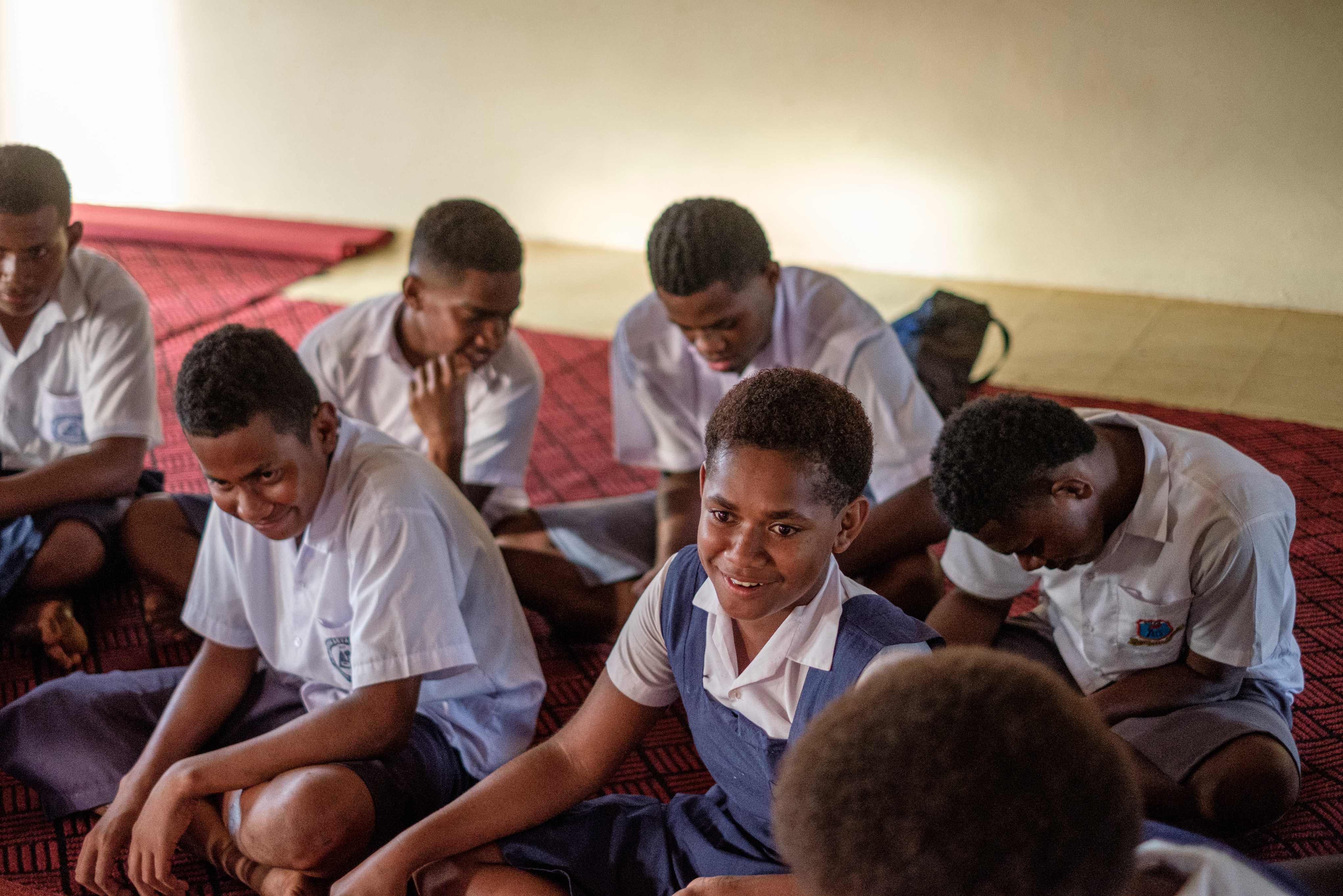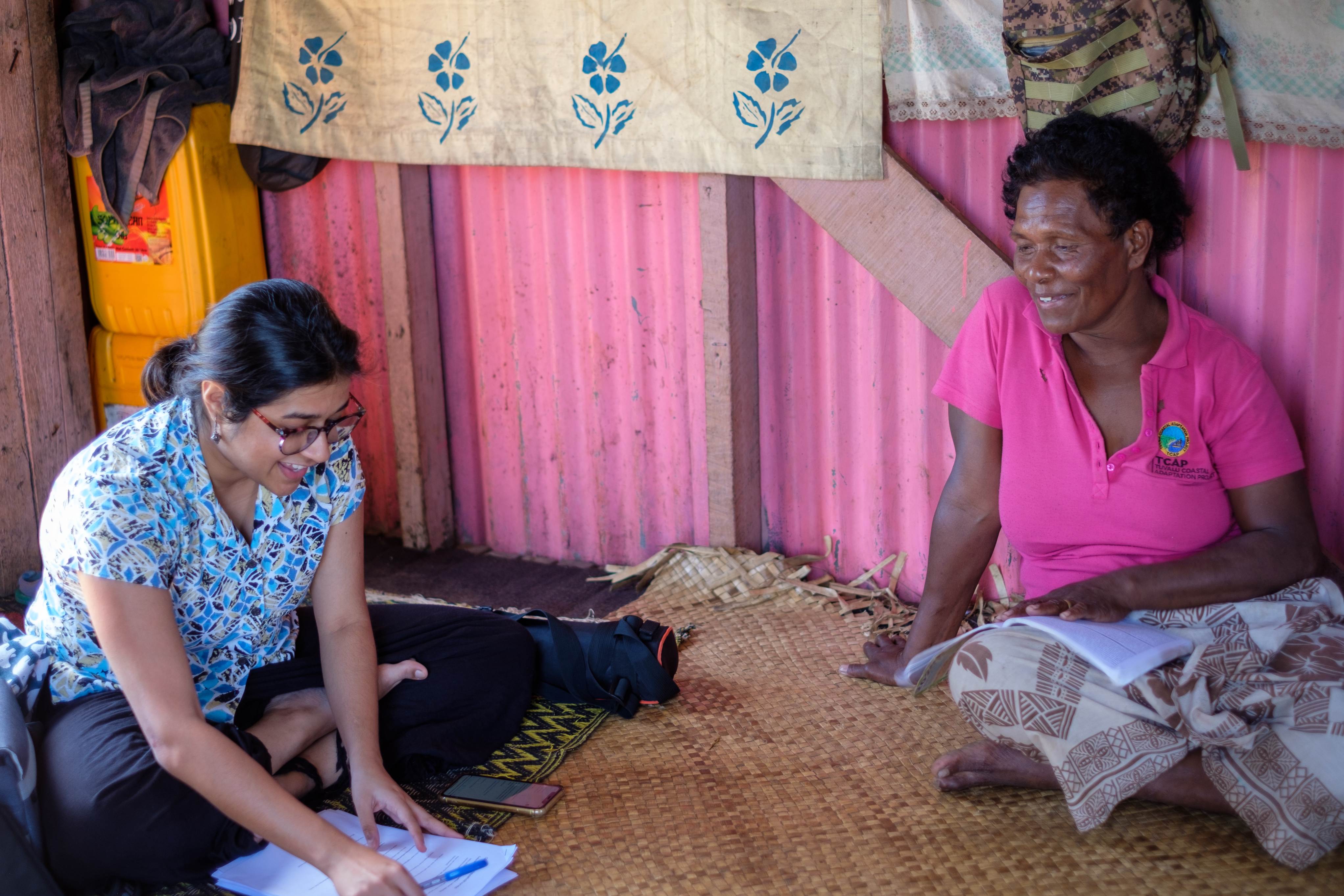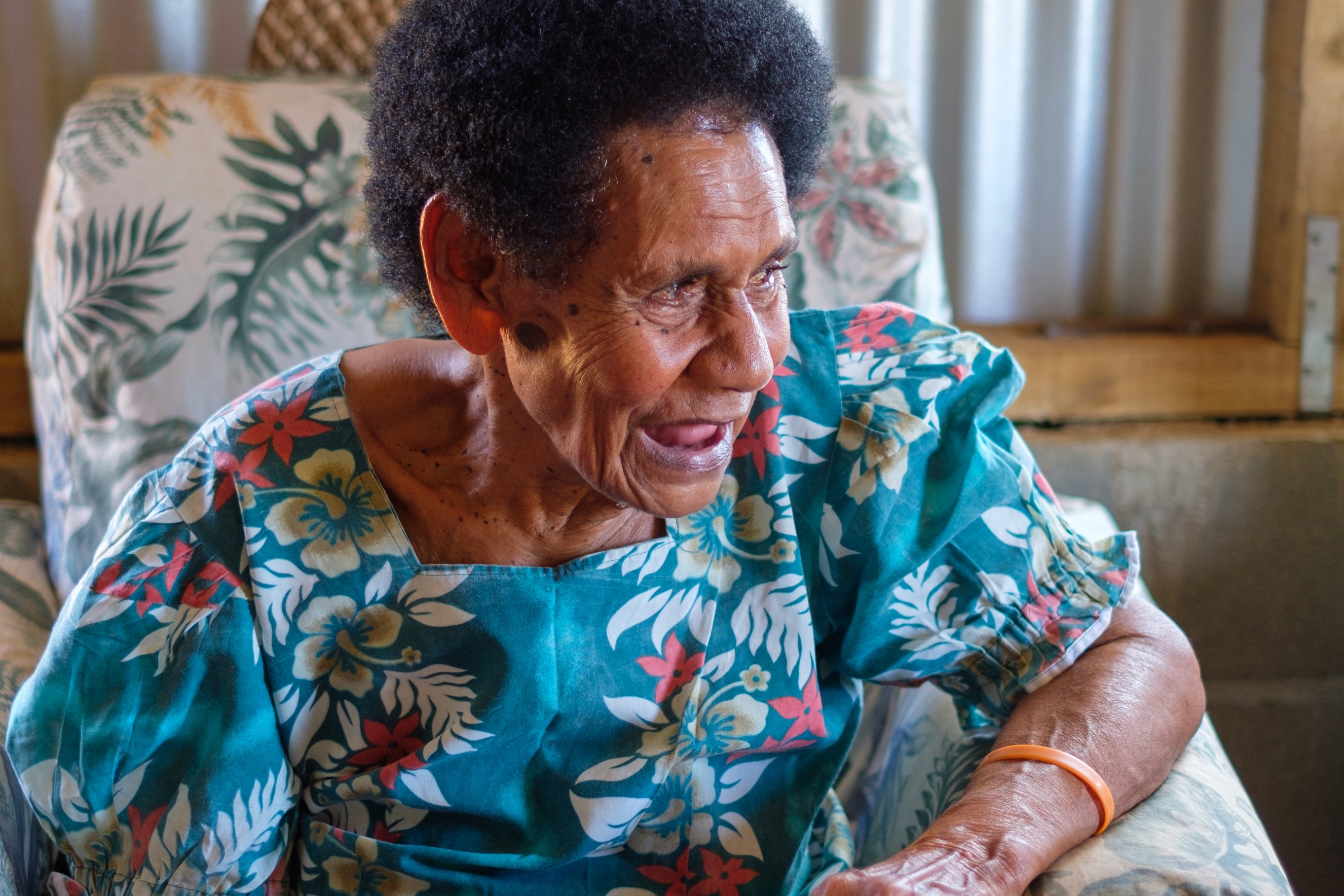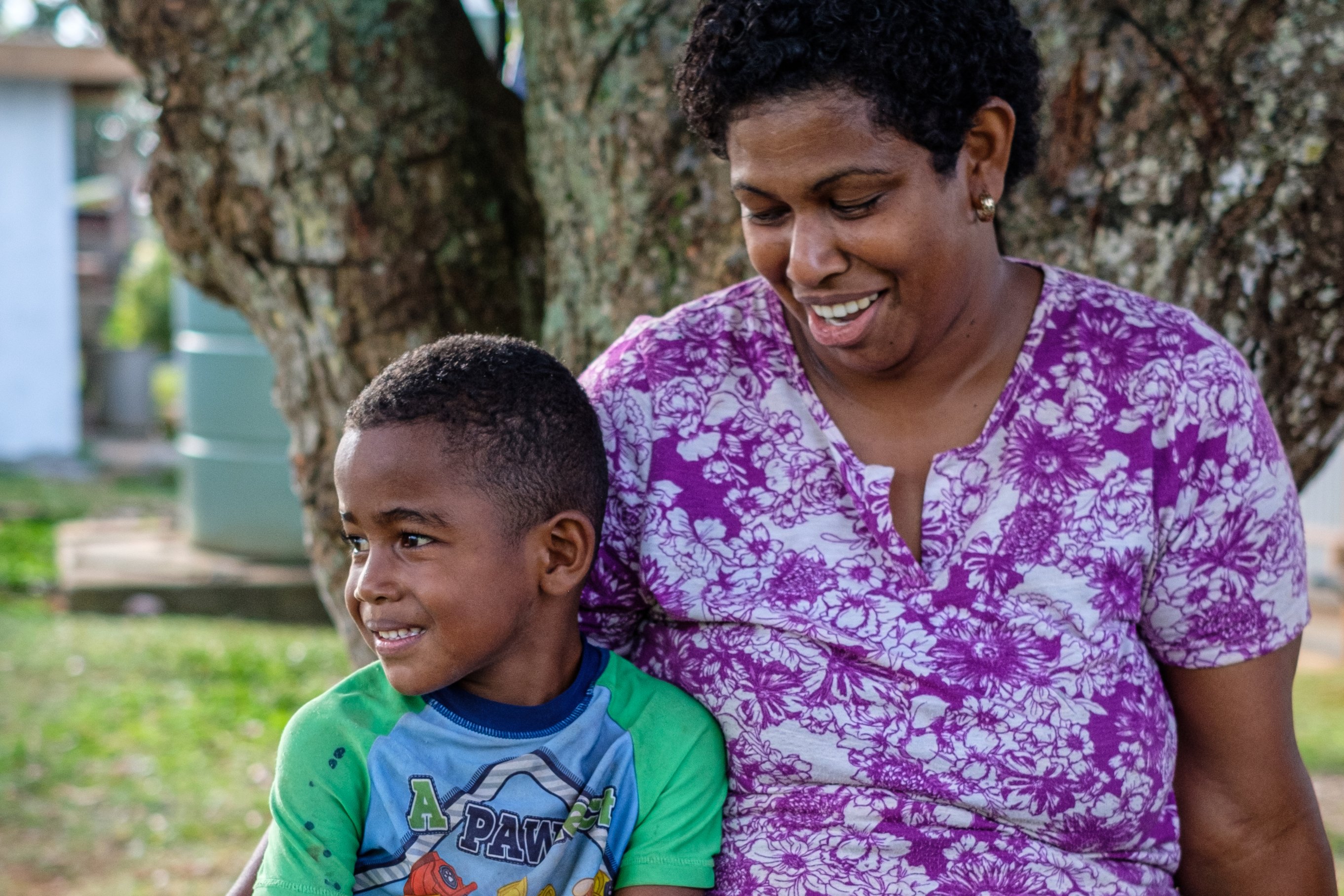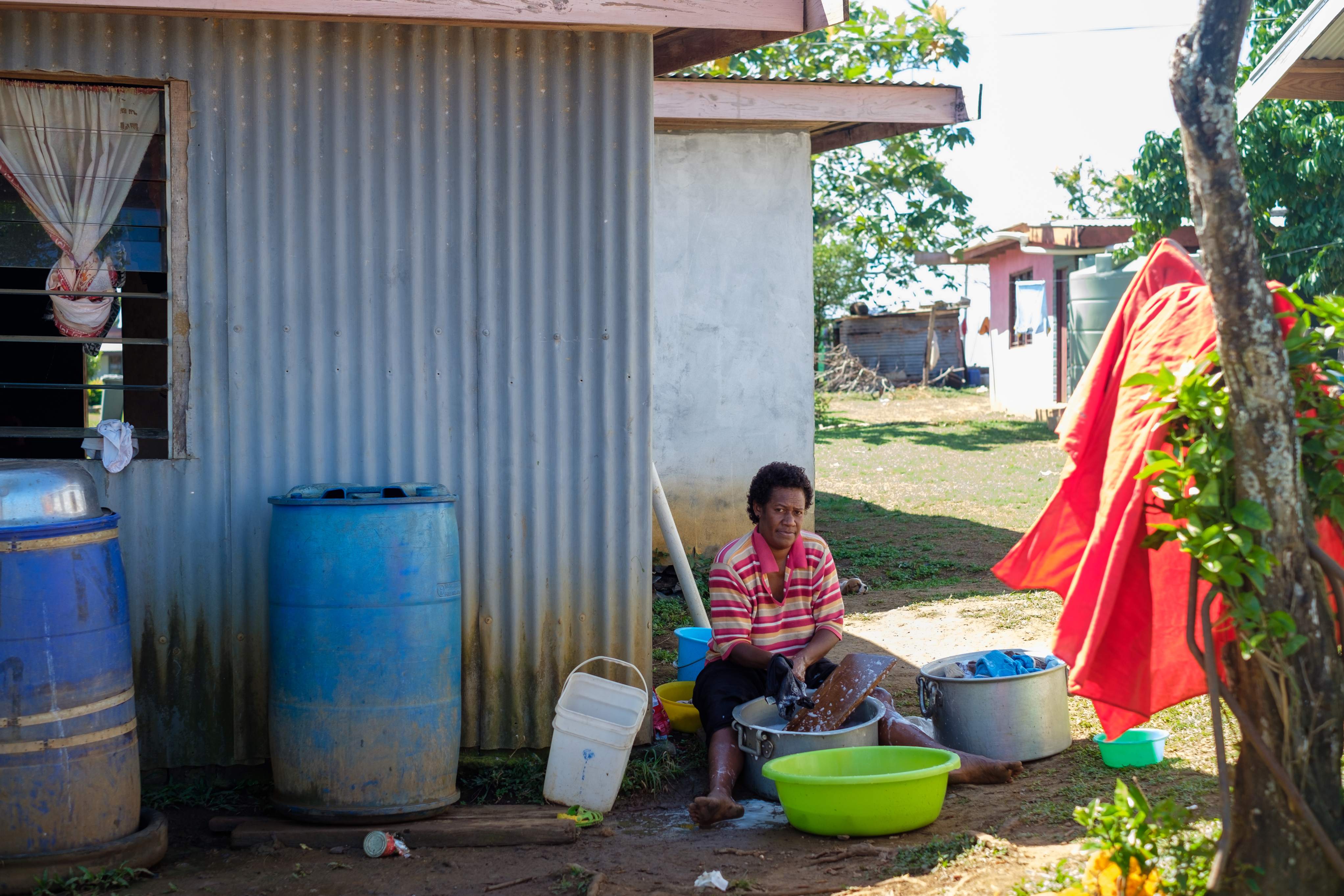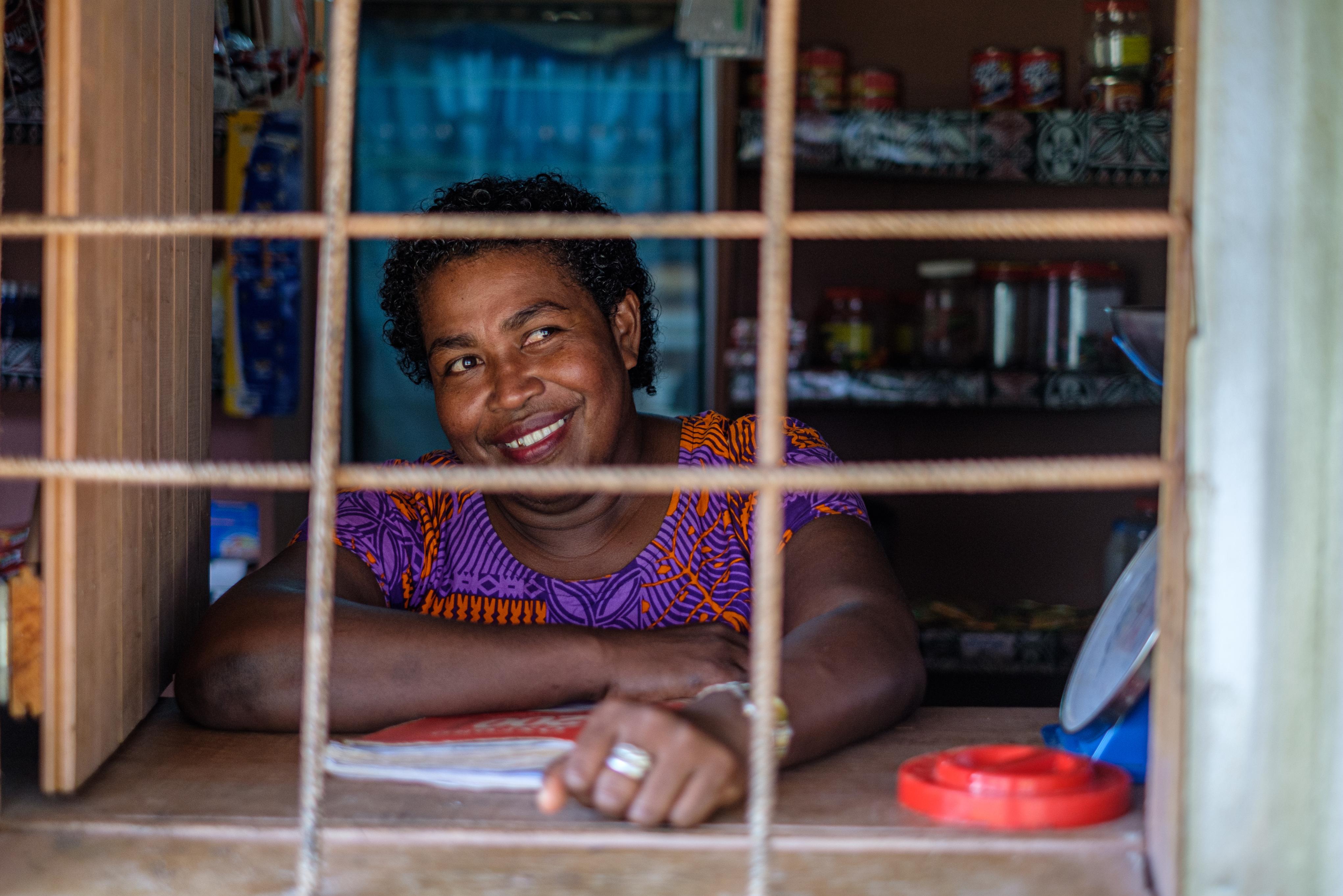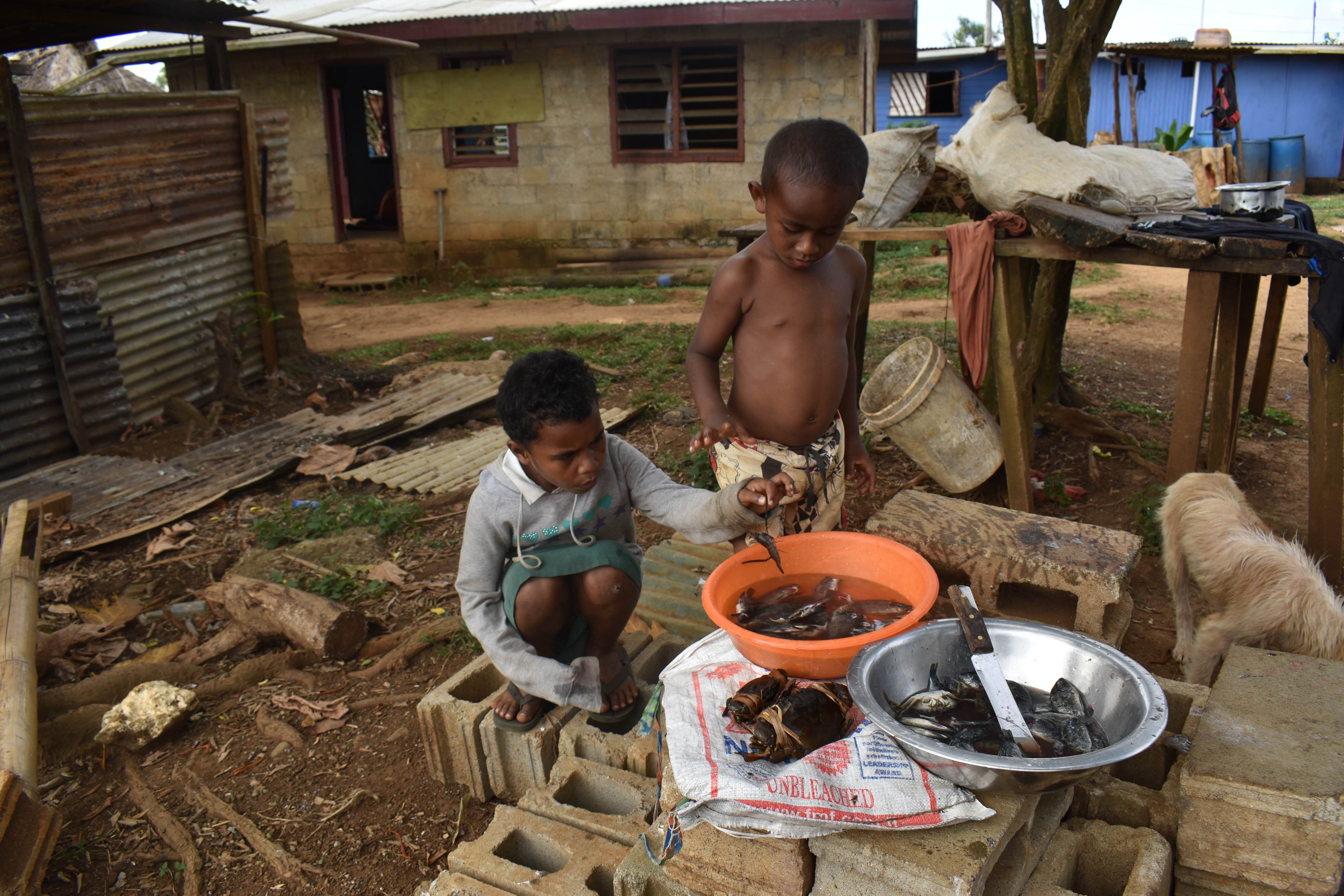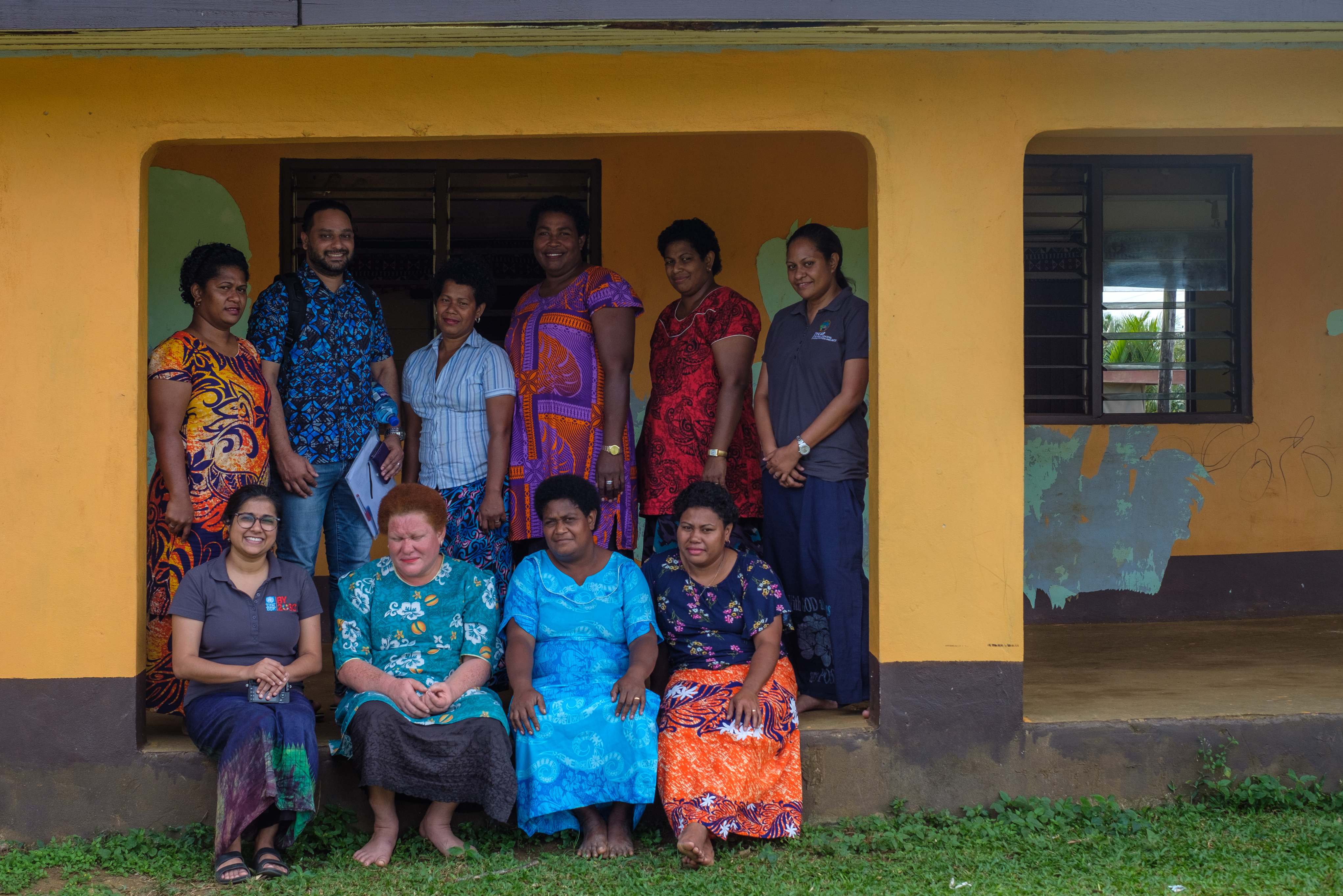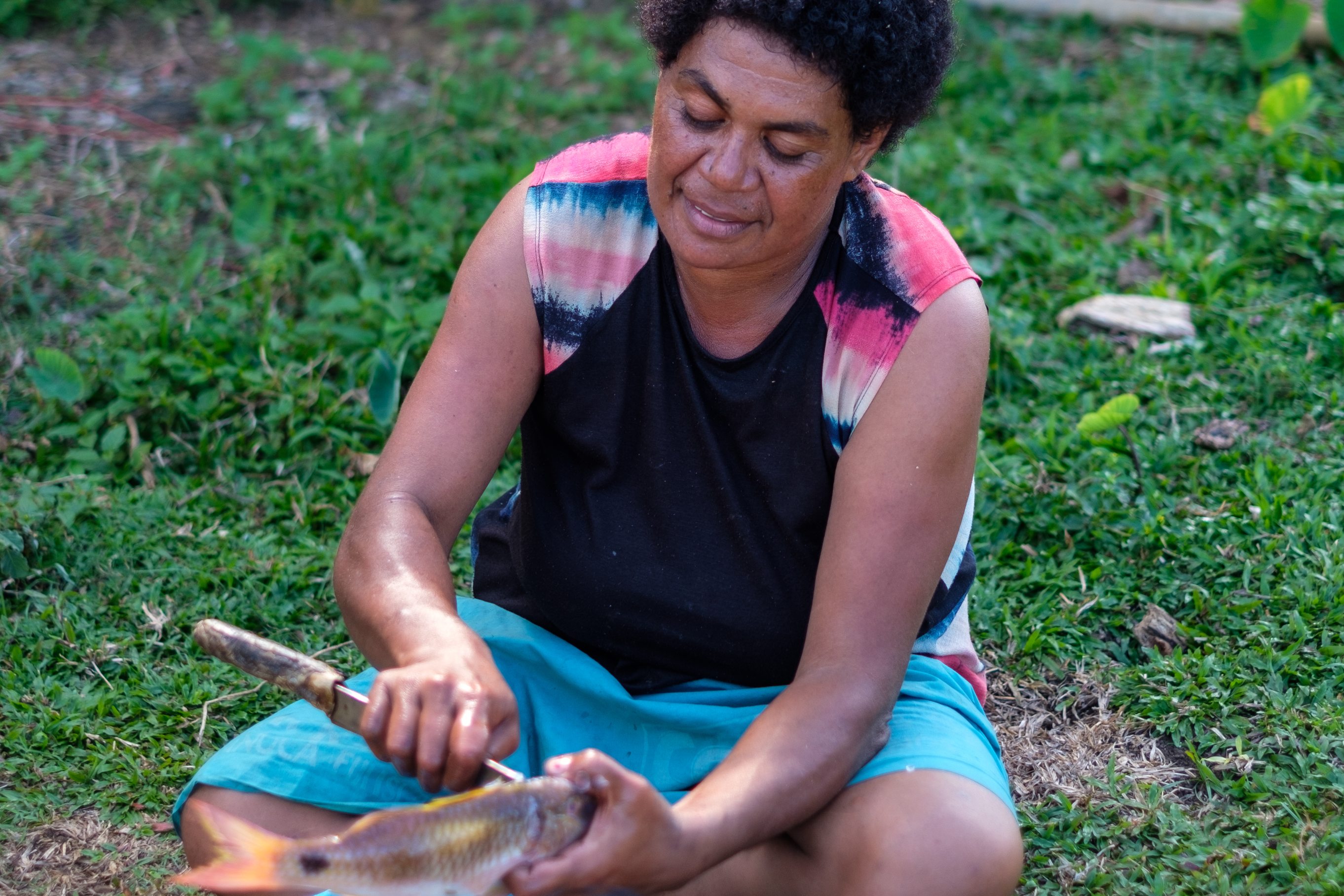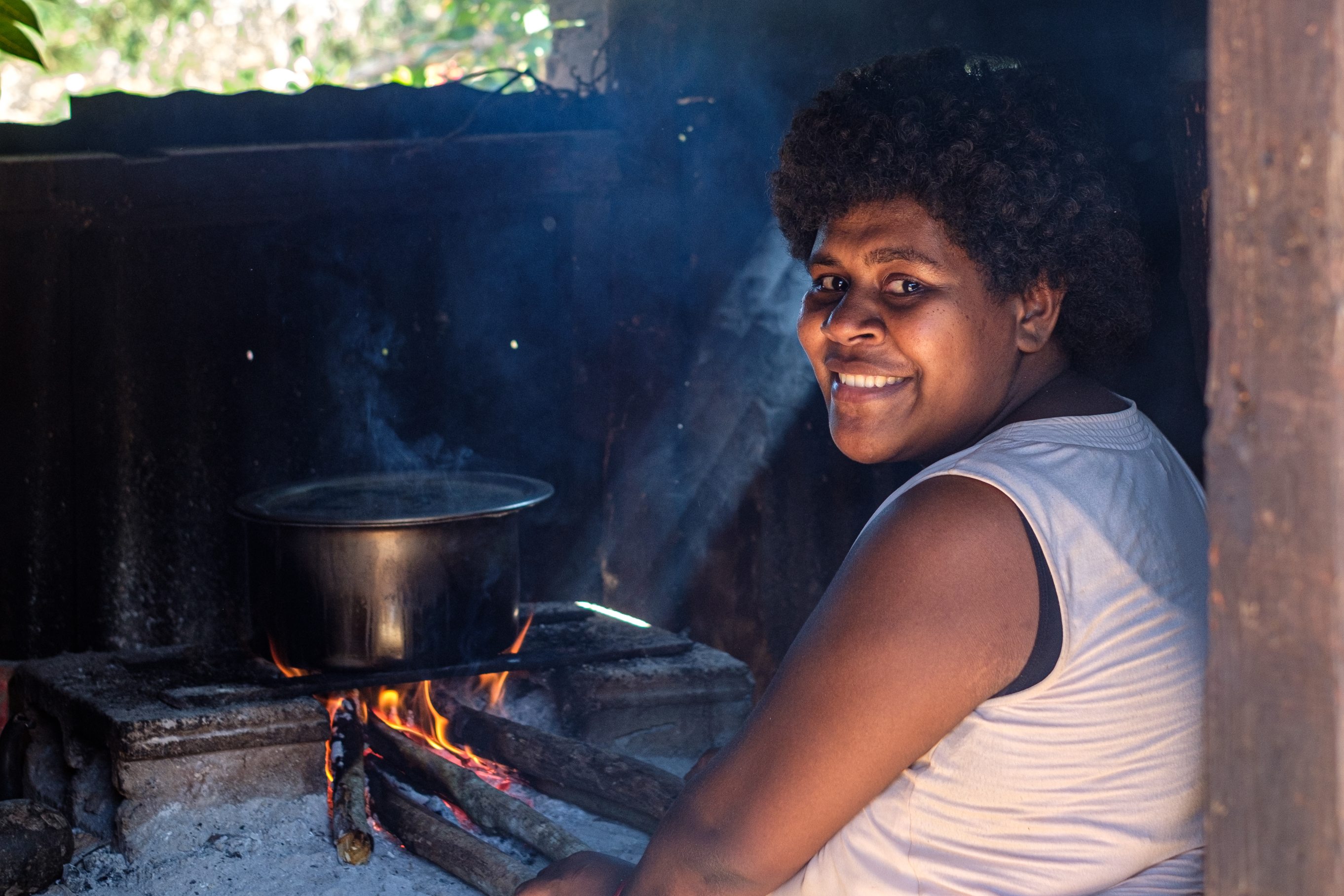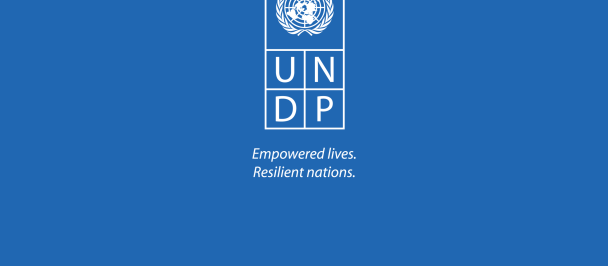In December 2019, the UN Development Programme (UNDP) Pacific Office in Fiji through the Accelerator Lab Pacific embarked on an experiment to understand the interplay between traditional knowledge, cultural identity and climate resilience. Our research indicated that resilient communities used traditional indigenous knowledge as a foundation for decision making and in some communities the lack of codification and diffusion of this knowledge was hampering their resilience. The Accelerator Lab Pacific hypothesized that if communities revived their age-old traditional practices, it would help towards strengthening cultural identity and then in turn improve climate resilience (through better relationship with their biodiversity and natural resources).
The best case to demonstrate this was Vusama village, located on the South West coast of Fiji’s main island Viti Levu, which was the traditional custodian of salt making but had not practiced it for over 50 years. Along with UNDP’s Ridge to Reef project, we set up a demonstration site for salt making revival.
Following the first successful run of salt making, the community was overjoyed with the initiative. Everyone including children to elders came together to celebrate their new success and witness firsthand a practice which they had only heard of. They improvised on the process, leveraged local resources, and saw a potential to invite visitors and tourists to the village to demonstrate the practice. With the aim to codify the practice, we developed a brochure which captured the process for generations to come.
Six months later in August, the team revisited Vusama village, to measure the trailing impact of our intervention and test our hypothesis. We did five focus groups with the men, women, elders, children, and youth. We conducted a household survey with 50 percent of the village. As cultural identity was ambiguous and amorphous to measure, we relied heavily on videos and photos to capture the community’s feelings and expressions, in addition to using interviews. Here is what we learned:
Deepening cultural and place identity
The knowledge of salt crafting had been successfully diffused in the community. All individuals in the community could recollect the practice including children who performed roleplays of how to make salt. The villagers did not view the salt as cooking salt. Rather, they saw it as cultural currency and frequently used terms like ‘treasure’ and ‘valuable possession’ to describe the practice. When the children were asked to describe Vusama, they used terms like ‘old village, no water and red soil.’ However, while describing Vusama in relation to salt making, they regarded their village as the land of maqa[i] where medicinal salt was made and could become a source of income. People referred to themselves as original salt makers acknowledging that this practice had traveled through the women of the village who married into the neighboring communities. Several villagers shared the practice on the Facebook social media platform, drawing other neighboring communities to the village to see how they crafted salt. Villagers believe that being native custodians of an age-old practice will help them negotiate with local government for better water supply, something the village has been struggling with for many years.
The value and meaning of salt making for the community
The four elders who were the original knowledge holders were grateful that they could see the community come together to craft salt, as they did 50 years ago. The children were enthused that they were the first to learn the practice again. Women were glad that despite being from other villages, they now understood and knew this traditional practice. This sense of inclusion and pride helped reinforce cultural identity and connection to their land.
For the women, this practice became a way of connecting with the village which they got married into. They believe the salt amplifies the flavor of their cooking and is healthier than salt sold in the supermarkets. Also, making salt together built a sense of community. According to them, coming together has helped them resolve misunderstandings and leverage the power of the community. It was during the first salt making process that the women learnt that the local ladies’ group was fundraising hence, they managed to engage all the women in the process.
The elders and leadership see this practice as something they can monetize via tourism and rejuvenate from time to time as a marker of their culture. For instance, in December 2020, the village will welcome a bride from another region, so they plan to make salt and offer it to the bride’s family.
What does this mean for climate resilience?
Vusama is defined by the maqa where women go to hunt for crabs. Since the revival of the practice, all groups visit the maqa. Over the years, women had been complaining that they had to go far and for longer periods to find crabs. The community admits that the maqa area is not what it used to be – lush with vegetation and rich in biodiversity. They see the need to plant more mangroves and coconut trees to bring back the maqa to its original condition. Women are the most impacted as they are directly affected by the deterioration of the maqa. However, the COVID-19 gathering restrictions and the devastation caused by Tropical Cyclone Harold have prevented the community from bringing their intention to action.
While salt crafting does not have a direct relationship with climate change, it has compelled people who are negatively impacted by climate change to engage with their natural resources. With some infrastructure like a small shed, the community hopes to continue making salt more frequently and protect their environment. Women from Vusama will be ready to lead the charge.
The biggest takeaway of this experiment has been the power of traditional knowledge as a driver of change for the community. In indigenous cultures like Fiji, where ancestors are revered, traditional knowledge is a means through which communities strengthen connections to their land and natural resources. It promotes unity and social collaboration to build resilience in the wake of disasters bringing together diverse groups especially older generations and children. As UNDP works towards resilience, traditional knowledge can be a promising inroad to engage communities and supporting them towards poverty reduction, sustainable livelihoods, and climate security.
---
[1] Māqa (in Vusama dialect): A barren coastal space found adjacent to the mainland and often devoid of marine flora and fauna.
A big thank you to the Fiji Ridge to Reef Project team for their support. Additional thanks to Mohseen Dean, Head of Solutions Mapping, Accelerator Lab Pacific for all his inputs in the development and implementation. Photos by Aashim Tyagi.

 Locations
Locations
